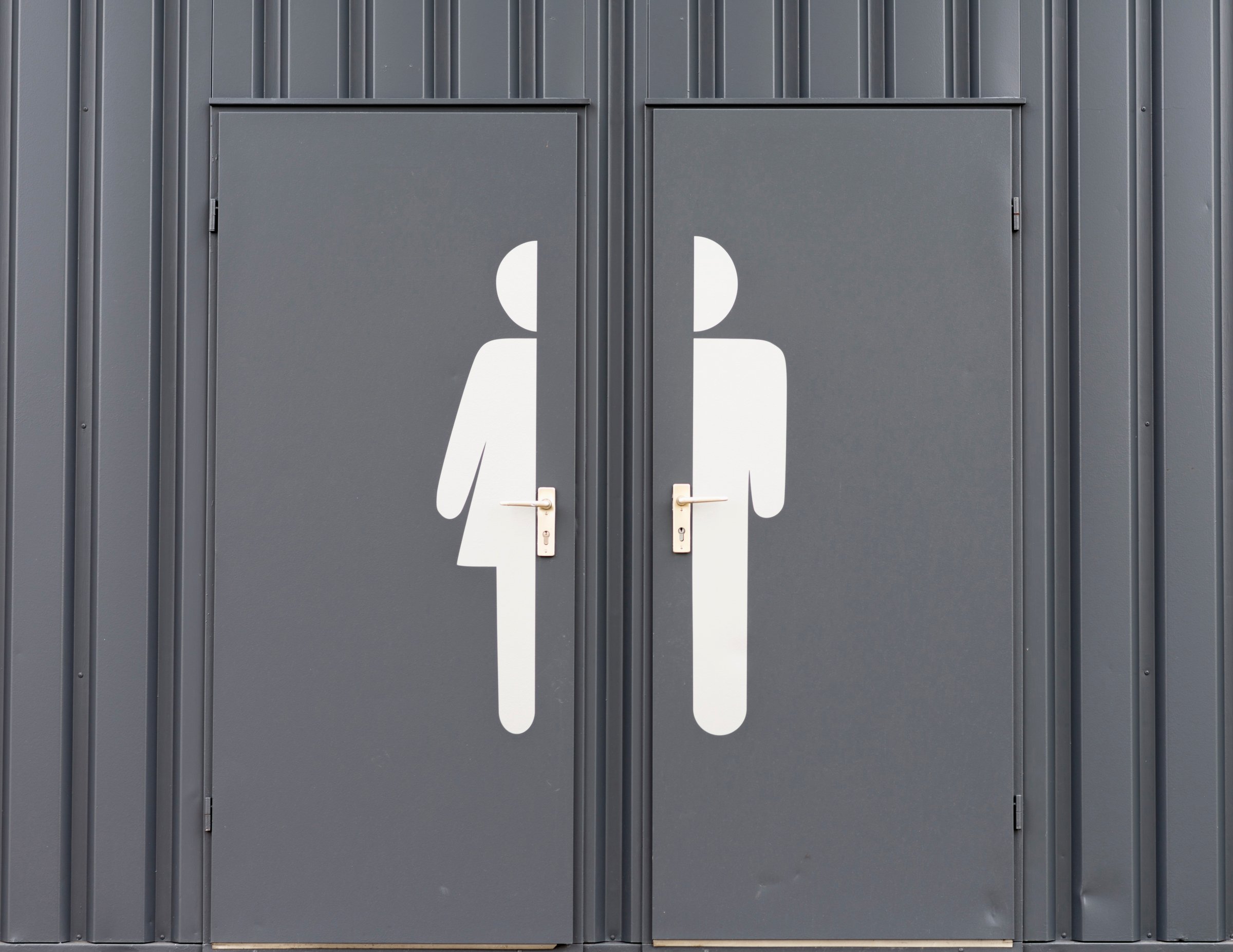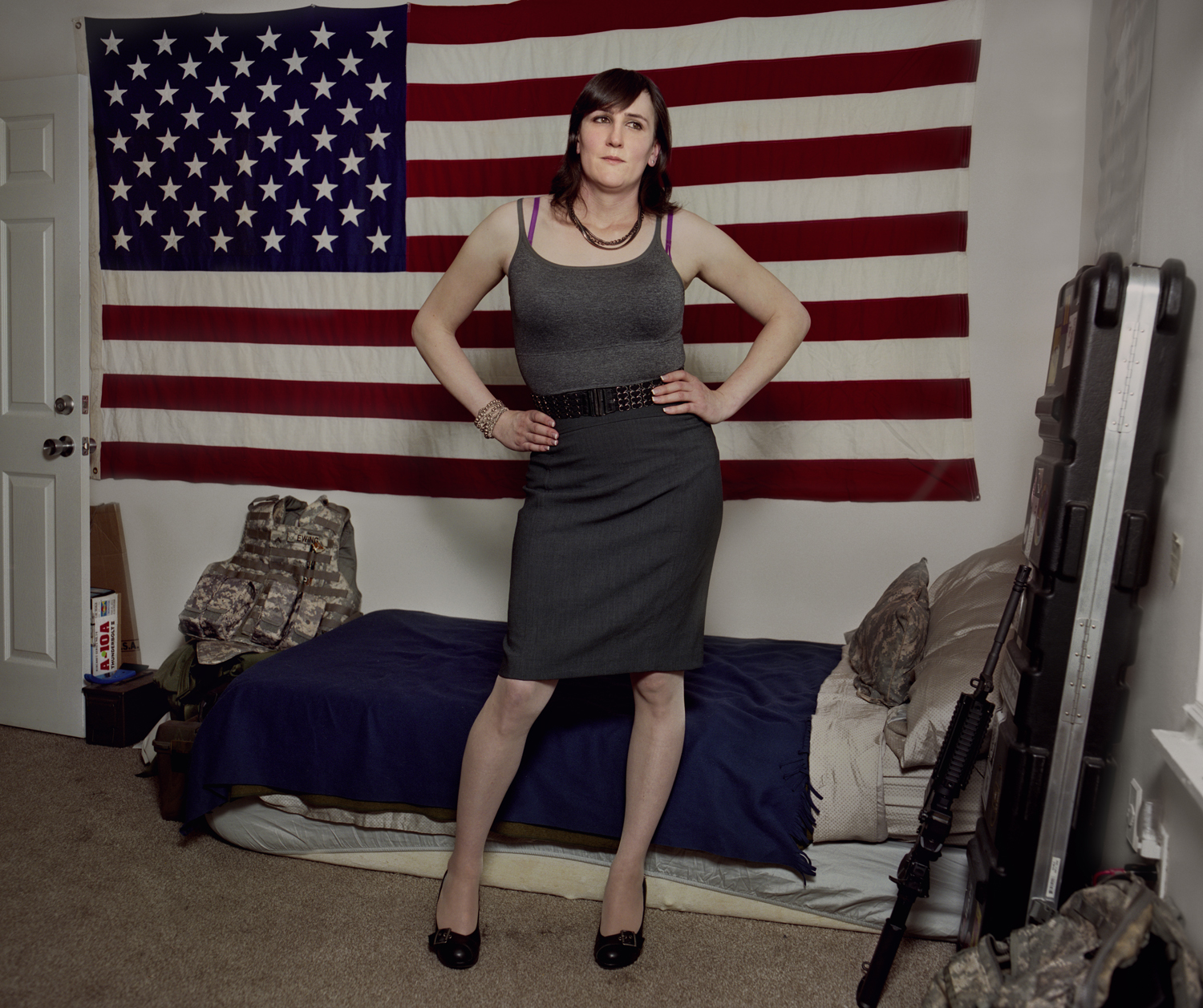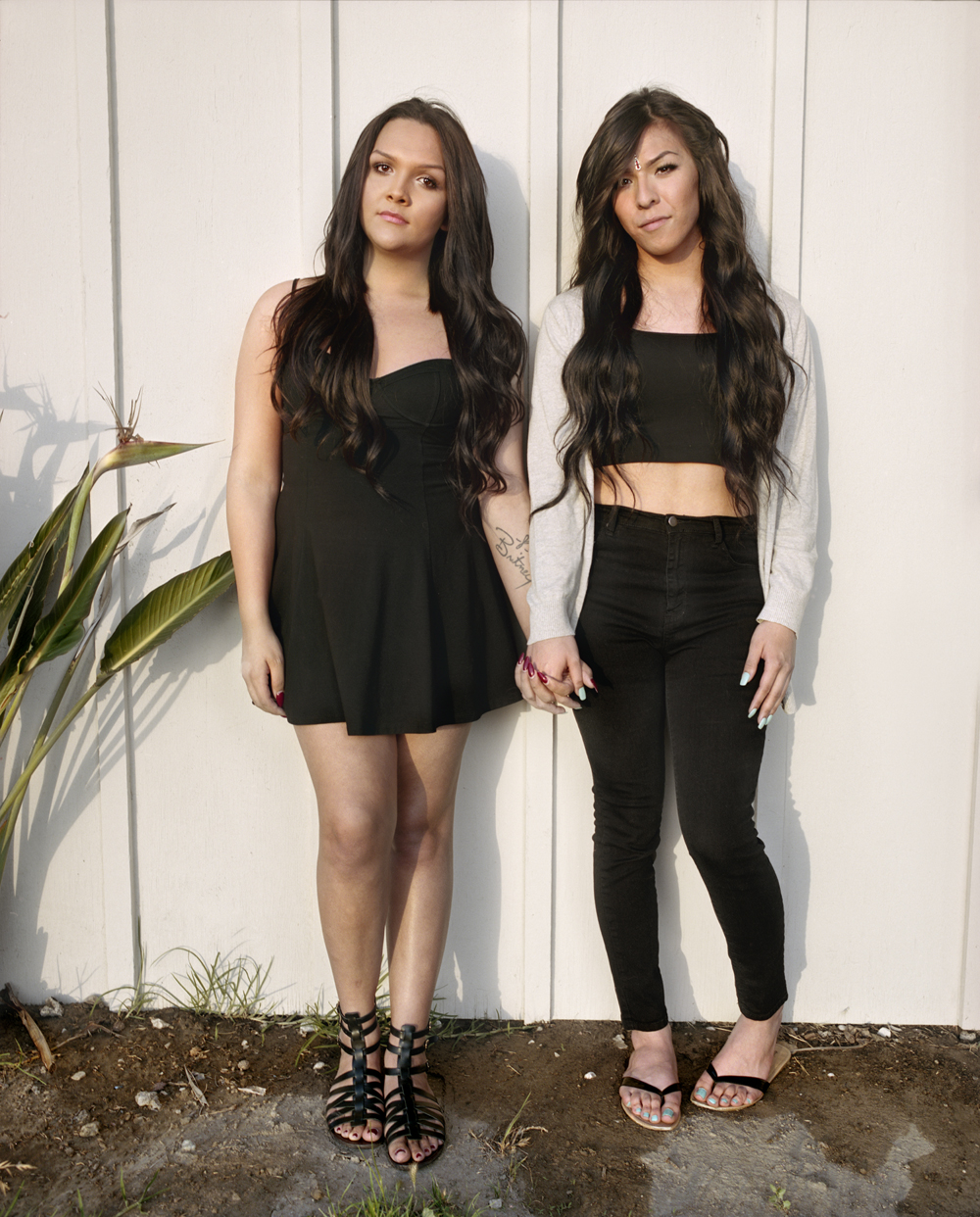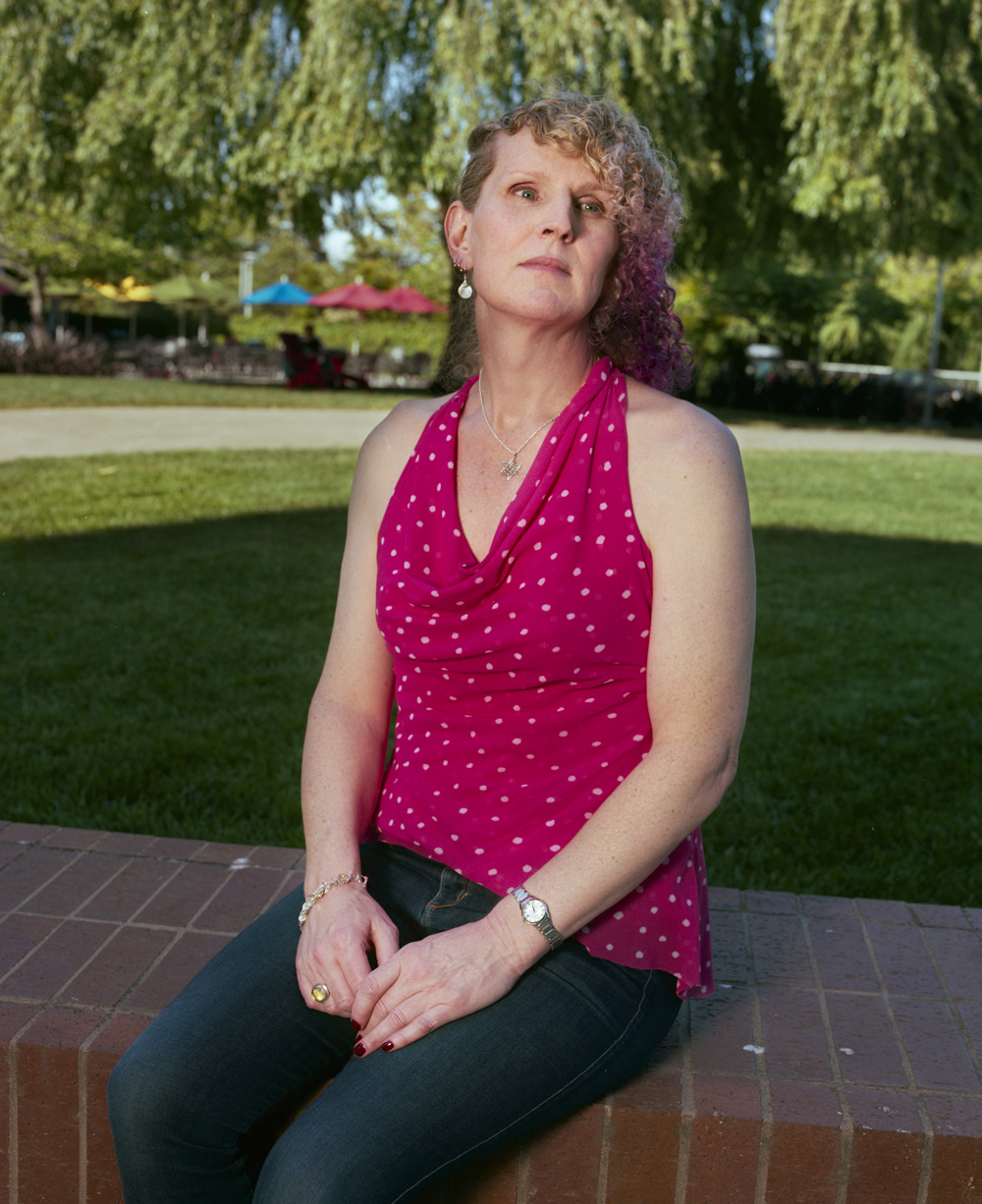
Eleven-year-old Casey just wants to be treated like any other girl her age. But at a public school in New York state, she’s not treated the same.
Because Casey is gender non-conforming — she’s not openly transgender but she lives and expresses herself as a girl — she is separated from other girls in her class.
“I have to use a separate bathroom and I’m not allowed to use the girls locker room for gym,” Casey said on a conference call hosted by the New York Civil Liberties Union on Wednesday. “For gym class, I have to use the nurse’s office to change clothes.”
She added, “it makes me feel like I’m a freak and I don’t belong.”
Casey’s story is one of several highlighted in a new report from the New York Civil Liberties Union titled “Dignity for All? Discrimination Against Transgender and Gender Nonconforming Students in New York State.” The report finds students across the state face harassment, bullying and discrimination in school, despite the existence of a state policy enacted to protect youth from being ostracized and abused.
In an analysis of statewide reporting on harassment incidents in schools, as required under the state’s Dignity for All Students Act of 2010, the NYCLU found schools reported 24,478 harassment episodes, 19% of which were related to student’s sex, gender or sexual orientation.
“In public schools across New York, transgender and gender nonconforming children as young as five face relentless harassment, threats and even violence for trying to access their right to an education,” NYCLU Executive Director Donna Lieberman said in a statement. “And instead of supporting kids, too many schools are magnifying the problem by imposing discriminatory and even illegal policies.”
Though transgender and gender non-conforming students across the country are protected by federal anti-discrimination law through Title IX, a handful of states, including New York, have enacted state legislation to further shield students.
In 2010, New York passed historic legislation to protect students from discrimination due to their perceived or actual gender identity, gender expression, or sexual orientation. New York is one of 18 states and D.C. that have such protections in place. According to the NYCLU report, however, the State Department of Education has “failed to issue guidance to school districts on how to follow the law regarding transgender youth.” Because that guidance hasn’t been issues, it has been left up to individual schools and districts to establish policies in regard to transgender and gender non-conforming youth.
Photos: Meet Transgender America








In the report, superintendents complain that the lack of guidance has made them more susceptible to lawsuits. According to the data and stories laid out within it, it has also often left space for harassment and bullying to occur.
On Wednesday’s call, a woman named Michelle shared the story of how she had to take her transgender daughter, Sara, out of a New York school because the anxiety and depression she faced as a result of harassment made learning impossible.
“I never know when she is going to burst into tears or start yelling. She thinks no one likes her, even her family. I spend 75% of my time helping her deal with her anxieties and bringing her to therapy,” she says in the report.
Eliza Byard, the executive director of the advocacy group GLSEN says after the organization’s 25 years of working to ensure that LGBT students experience equity in education it’s “heartbreaking” to see how much work still has to be done to make that a reality.
“Education is the bedrock of individual achievement and societal cohesion and for any group to be systemically excluded as trans and gender non-conforming and lesbian and gay students are in many district is extremely damaging not just to the individual but to all of us in creating risks within society,” Byard says.
Having protection for LGBT students in schools, she says, is critical to their development and overall mental health. Transgender people face staggering challenges from homelessness to family rejection to physical harassment, particularly transgender people of color. About 41% of transgender people report having attempted suicide at least once. According to GLSEN’s 2013 school climate survey, 75% of transgender students feel unsafe at school.
“This report underscores a critical fact—when you pass laws designed to protect youth, you then move on to the rest of the work which is making sure that that law is effectively implemented,” she says. “That the promise of the law becomes reality.”
The NYCLU recommends the state take immediate steps to protect transgender and gender non-conforming students in schools. By passing statewide regulation to make sure students are treated equally, issuing specific guidance on how to address issues like bathrooms and locker rooms, and improving training and data collection, the NYCLU says state could make a real difference in the lives of all students.
There are some signs of progress on the local level, too. In New York City, officials have released guidance for schools to follow on the rights of transgender students and the report highlights at least one school in the city that they feel is getting it right.
The New York State Department of Education is in the process of developing guidance on work school districts can do to establish safe environments for transgender and gender non-conforming youth. The guidance is expected to be released before the start of the 2015-16 school year.
“The most important thing we must do is keep every student safe,” said New York State Education Department Spokesman Dennis Tompkins in a statement to TIME. “The New York State Education Department Transgender and Gender Nonconforming Students Guidance Document can be a tool for school administrators to use to create an inclusive school culture where transgender and gender nonconforming students are empowered to learn and to succeed.”
For students like Casey, however, this is personal.
“I just wish this school would just treat me like every other girl,” she said Wednesday.
More Must-Reads From TIME
- The 100 Most Influential People of 2024
- Coco Gauff Is Playing for Herself Now
- Scenes From Pro-Palestinian Encampments Across U.S. Universities
- 6 Compliments That Land Every Time
- If You're Dating Right Now , You're Brave: Column
- The AI That Could Heal a Divided Internet
- Fallout Is a Brilliant Model for the Future of Video Game Adaptations
- Want Weekly Recs on What to Watch, Read, and More? Sign Up for Worth Your Time
Contact us at letters@time.com